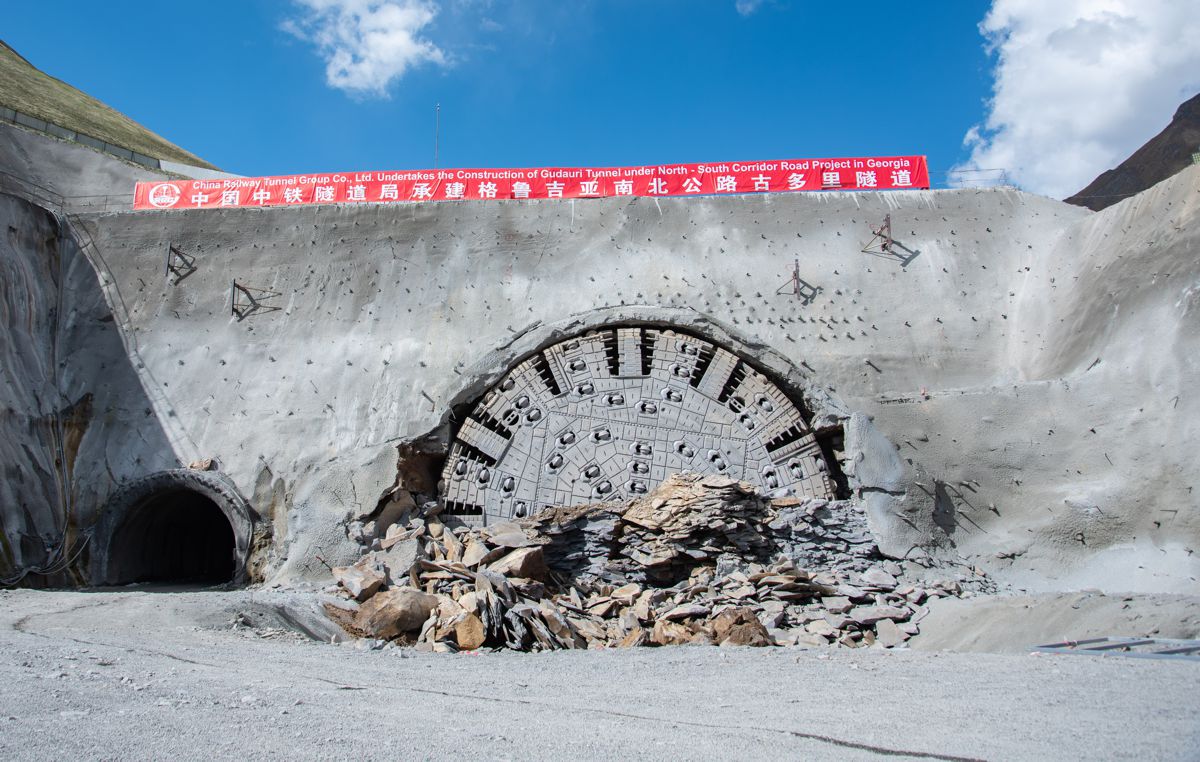The Pelješac Bridge – An Engineering Marvel Shaping Geopolitical Landscapes
Nestled in the heart of the Adriatic Sea, the Pelješac Bridge is more than just a structural masterpiece; it is a testament to human ambition, collaboration, and the intricate dance of geopolitics.
Its vast 2.4 kilometres span bridges not just territories but a plethora of stories, ambitions, and controversies that make it far more significant than mere concrete and steel would suggest.
Origins and Technical Innovations
In 2018, global eyes turned to the Balkans when the China Road and Bridge Corporation (CRBC) clinched an international bid to construct the Pelješac Bridge. This marked a historic moment, as it was the inaugural instance of a Chinese firm securing a tender for a European Union-funded venture.
From a technical standpoint, the bridge is a wonder. Hovering 55 metres above the Adriatic, it permits commercial ships to pass beneath effortlessly. Its mammoth pylons, stretching up to 124 metres, serve as the primary support. The bridge’s design incorporates two vehicle lanes in each direction, facilitating traffic at speeds up to 90 kilometres per hour.
Initially conceived with a dominant span of 568 metres, engineers and architects eventually gravitated towards a more intricate multi-span cable-stayed design. This blueprint encompassed 13 spans, with seven of them being cable-stayed — five central ones and two flanking the outer edges.
These spans are underpinned by 10 marine supports, with an additional two on terra-firma. Complementary infrastructure, including two tunnels and several smaller bridges on Pelješac, makes the transport network robust.
Unwavering Commitment and Skill
The bridge’s erection was fuelled by the relentless effort of over 400 Chinese workers and engineers. Organized meticulously into three rotational groups, these teams ensured a non-stop work cycle, operating in successive eight-hour shifts, making construction a 24/7 endeavour.
Though the bridge is nearing its completion, the holistic project will see its final touches in November 2023. This last phase encompasses the development of the Ston bypass. A note of caution for heavy transporters: until the ancillary road is operational, they would need to scout for alternative routes.
A Geopolitical Chessboard
For Croatia, the bridge is a beacon of strategic foresight. It promises to provide an expedited conduit for both residents and tourists, potentially revolutionizing transportation by resolving the bottleneck issues of the new corridor. Especially with Croatia on the brink of joining the Schengen area in 2023, the bridge might play a pivotal role in streamlining border formalities.
However, this majestic structure has not been without its detractors.
Several Bosnian political factions voiced apprehensions about the bridge’s height, postulating that it might impede larger vessels aiming for Neum’s future port. The year 2017 witnessed a ripple of controversy when anonymous Bosnian MPs reached out to the EU. Their grievance: Croatia’s purported infringement of the United Nations convention on the law of the sea and Bosnia’s maritime rights. Croatia, standing firm, reiterated its prerogative to undertake construction within its jurisdictional waters.
China’s Grand Vision and the European Nexus
Beyond regional dynamics, the bridge has global stakeholders. Situated strategically, Croatia is a linchpin for China’s ambitious Belt and Road Initiative (BRI). The country’s overture towards China in 2017, crystallized by a memorandum of understanding, underscored the swift and evolving bilateral ties.
The Pelješac Bridge, in this larger context, is emblematic. It heralds a convergence of interests between Beijing and Brussels, potentially foreshadowing the trajectory of future China-EU partnerships. As the structure nears its inaugural opening, it serves as a tangible representation of China’s burgeoning footprint in the Balkans.

A Symbol and a Bridge
The Pelješac Bridge, with its intricate design and vast spans, is an embodiment of engineering prowess and international collaboration. Its significance transcends its physical form, merging realms of technical marvel with geopolitical intricacies. As countries and corporations come together in its shadow, the bridge stands as both a connector of lands and a symbol of a rapidly evolving global landscape.














